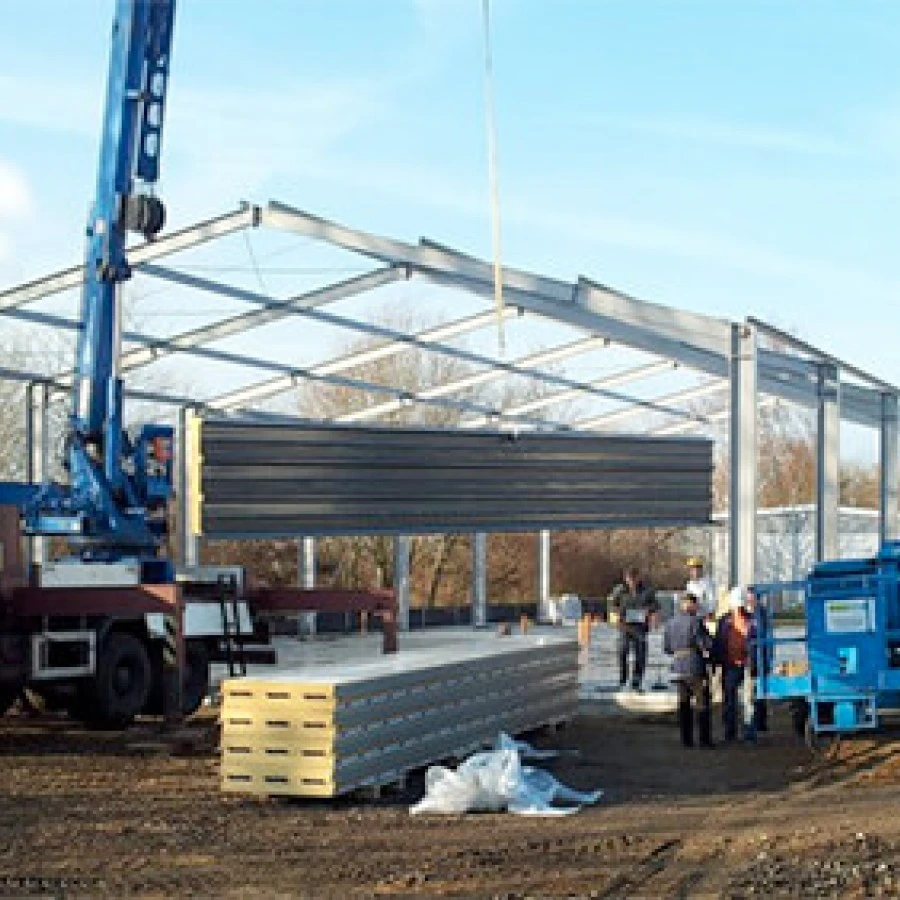- Afrikaans
- Albanian
- Amharic
- Arabic
- Armenian
- Azerbaijani
- Basque
- Belarusian
- Bengali
- Bosnian
- Bulgarian
- Catalan
- Cebuano
- Corsican
- Croatian
- Czech
- Danish
- Dutch
- English
- Esperanto
- Estonian
- Finnish
- French
- Frisian
- Galician
- Georgian
- German
- Greek
- Gujarati
- Haitian Creole
- hausa
- hawaiian
- Hebrew
- Hindi
- Miao
- Hungarian
- Icelandic
- igbo
- Indonesian
- irish
- Italian
- Japanese
- Javanese
- Kannada
- kazakh
- Khmer
- Rwandese
- Korean
- Kurdish
- Kyrgyz
- Lao
- Latin
- Latvian
- Lithuanian
- Luxembourgish
- Macedonian
- Malgashi
- Malay
- Malayalam
- Maltese
- Maori
- Marathi
- Mongolian
- Myanmar
- Nepali
- Norwegian
- Norwegian
- Occitan
- Pashto
- Persian
- Polish
- Portuguese
- Punjabi
- Romanian
- Russian
- Samoan
- Scottish Gaelic
- Serbian
- Sesotho
- Shona
- Sindhi
- Sinhala
- Slovak
- Slovenian
- Somali
- Spanish
- Sundanese
- Swahili
- Swedish
- Tagalog
- Tajik
- Tamil
- Tatar
- Telugu
- Thai
- Turkish
- Turkmen
- Ukrainian
- Urdu
- Uighur
- Uzbek
- Vietnamese
- Welsh
- Bantu
- Yiddish
- Yoruba
- Zulu
Sep . 12, 2024 06:31 Back to list
Steel Manufacturing and Warehouse Management The Backbone of the Construction Industry
Steel manufacturing is a cornerstone of modern infrastructure, playing a vital role in construction, automotive, and various other industries. The process begins with raw materials such as iron ore, coal, and limestone, which are transformed into steel through various methods, most notably the blast furnace and electric arc furnace processes. Each method has its own advantages and is selected based on the desired properties of the finished steel.
Once steel is produced, effective warehouse management becomes crucial. Warehousing plays an essential role in the supply chain, ensuring that raw materials, intermediate products, and finished goods are stored efficiently and delivered promptly. As demand for steel fluctuates due to economic cycles, a well-organized warehouse can help mitigate the impact of these fluctuations.
In an efficient steel manufacturing facility, best practices in warehouse management can greatly enhance productivity and reduce costs. The key to effective warehousing in steel manufacturing lies in proper inventory management. Employing precise inventory tracking systems allows manufacturers to keep accurate counts of raw materials and finished products, leading to informed decisions about production schedules and resource allocation.
Moreover, modern technology such as automated storage and retrieval systems (ASRS) and RFID (Radio Frequency Identification) tracking is transforming warehouse operations in the steel industry. ASRS can significantly increase the efficiency of material handling, reducing the time and labor required to retrieve items. Meanwhile, RFID technology provides real-time tracking of materials, enhancing visibility and reducing the risk of discrepancies.
steel manufacturing and warehouse

Safety is another critical aspect of both steel manufacturing and warehouse operations. The handling of heavy steel materials poses inherent risks, which necessitates stringent safety protocols. Training employees to adhere to safety guidelines and implementing robust equipment maintenance schedules are essential to preventing accidents and ensuring a safe working environment.
Furthermore, sustainability practices are increasingly becoming a focal point in steel manufacturing. Many companies are exploring ways to reduce waste, recycle scrap steel, and use energy-efficient technologies. Warehousing can also contribute to sustainability efforts by optimizing space and reducing the carbon footprint associated with transportation and storage.
As the construction industry continues to grow, the demand for steel remains robust. Companies that prioritize effective manufacturing processes and warehouse management will not only meet this demand but also gain a competitive edge in the marketplace. By leveraging technology, improving inventory management, ensuring safety, and adopting sustainable practices, steel manufacturers can enhance operational efficiency while contributing positively to the environment.
In conclusion, the intersection of steel manufacturing and warehouse management is critical to the success of the steel industry. As the world increasingly turns toward modern infrastructure projects, the ability to manufacture steel efficiently and manage its storage and distribution will play a pivotal role in shaping cities and communities for years to come. The future of steel lies in innovation, efficiency, and sustainability—areas where both manufacturing and warehousing must work hand in hand to deliver the best results.
-
Navigating the World of Steel Building Services: Who to Choose?
NewsJun.23,2025
-
How Do Steel Frame and Prefab Building Factories Shape Modern Construction?
NewsJun.23,2025
-
How Do Steel and Metal Structures Shape Modern Industrial Spaces?
NewsJun.23,2025
-
How Do Prefab Buildings of Various Sizes Meet Modern Construction Needs?
NewsJun.23,2025
-
How Do Factory Buildings and Metal Structures Redefine Industrial Infrastructure?
NewsJun.23,2025
-
Exploring Key Aspects of Industrial Building Development: What You Need to Know?
NewsJun.23,2025
Products categories
Our Latest News
We have a professional design team and an excellent production and construction team.












